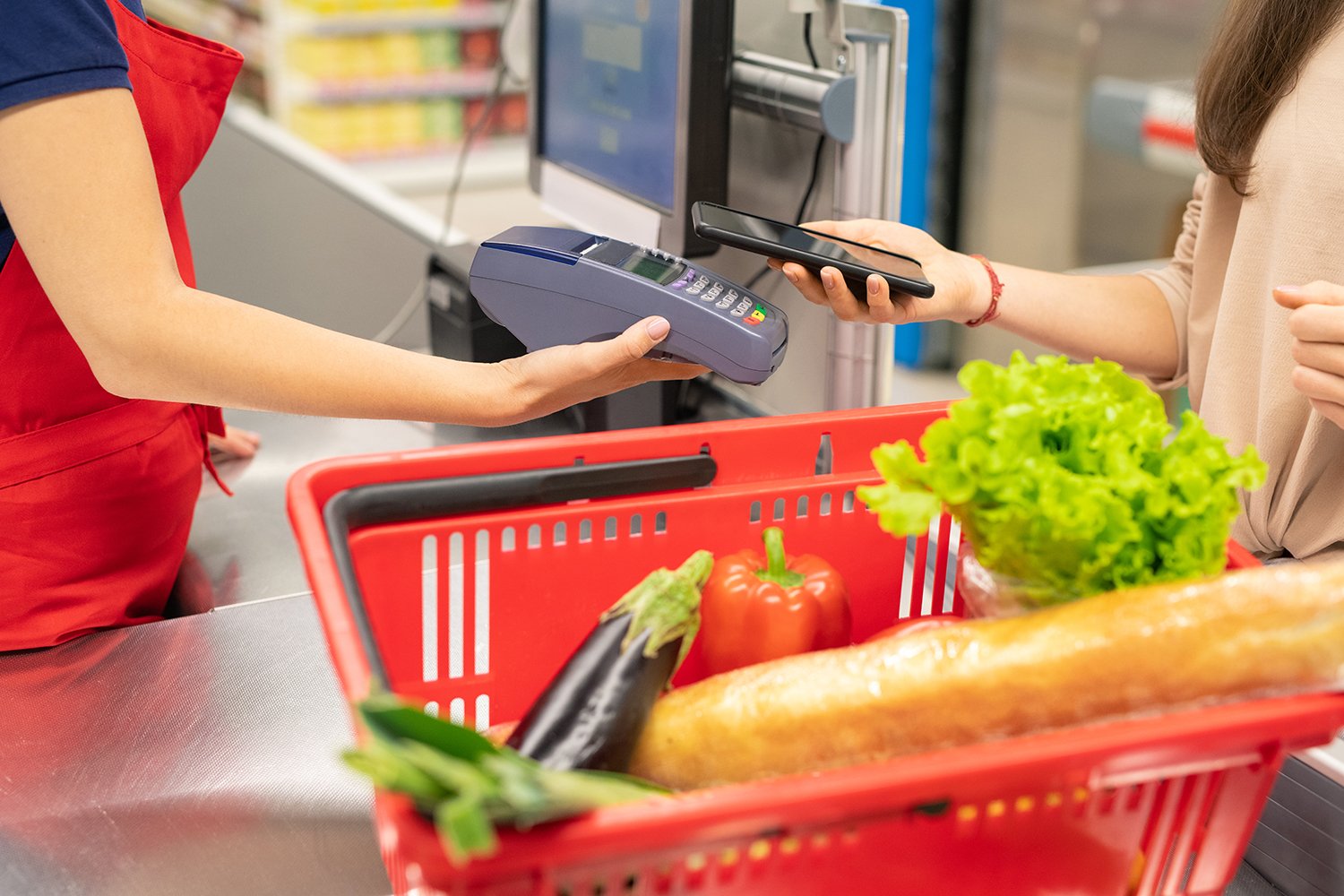
With the rise of mobile technologies during the last two decades, phones have become increasingly central to our daily lives, serving as music players, cameras and GPS devices, in addition to a central communications hub for email, text and calls.
The role of phones as payment devices has also grown substantially during this time. While cash may still be the dominant form for most transactions, mobile devices are increasingly becoming a popular alternative.
University at Albany Assistant Professor of Economics Chun-Yu Ho has recently led a study examining the adoption of mobile payments. Publishing in Management Science, Ho and his colleagues found that consumers are more likely to use mobile payment methods when they receive price incentives for doing so. The transition can last for a few days, even after the price incentives end.
“This issue is important because during the last decade, mobile payment has been emerging as an alternative instrument of electronic payment, which is a less expensive and more efficient means of payment to exchange goods and services,” said Ho, noting that the growth of mobile payment technologies has been particularly impressive in Africa and Asia.
Using a proprietary data set containing more than 10 million transactions over 14 months from hundreds of grocery stores, Ho and his team examined consumer payment choices at point of sale (POS) between cash and mobile, where the use of other methods (including cards) is minimal.
They found that cash remains the dominant method of payment. Nonetheless, the share of mobile payments has increased at the expense of cash payments over time. In particular, Ho and his colleagues looked at the price incentives for consumers using mobile payment to examine the price substitution between cash and mobile payments.
“Our results show that consumers are more likely to use mobile payment when they receive price incentives for doing so, and such an effect persists for a few days, even after the price incentive expires,” said Ho. “Nonetheless, the price incentives are unlikely financed by additional transactions paid via mobile but subsidized by mobile payment providers.”
The researchers found several factors that enhanced the effect of price incentives. First, a larger monetary reward appeared to induce a stronger impact of price incentive on mobile payment. Second, the steering effect of price incentives were stronger for stores that serve consumers who have frequently used mobile payment methods and for price-sensitive consumers. Third, the additional mobile payments come from transactions that would not have occurred with price incentive and those that switch from cash transactions.
“Because mobile pay is a payment innovation with lower direct and indirect costs than cash payments, a move toward mobile payment systems is likely to benefit all parties involved in the payment system,” Ho said.
The reasons for this include the fact that after using mobile payments, consumers save the costs (withdrawal fees and time) of visiting ATMs to maintain a cash balance for transactions. It’s also more convenient (fewer coins in the wallet) for consumers to carry mobile phones than cash. Second, merchants save costs from substituting mobile payment for cash payments.
“For example, they save costs for bookkeeping and depositing cash receipts. Additionally, merchants enjoy more sales as a result of using mobile payment methods as consumers experience more convenience when paying for their purchases,” said Ho. These savings are also realized by the banks handling transactions as the transition to mobile reduces cash-handling costs and cash-related operations.
Ho and his team pointed out however that a potential drawback of using mobile payment for consumers and merchants is security, particularly the potential accidental leak of personal information to hackers.
Alternatively, mobile payment adoption fosters inclusive growth in developing countries because it reduces corruption by tracking transactions and reduces the cost of providing financial services to individuals and firms.
The findings can have important implications for policymakers who are looking to increase adoption of mobile payment methods, especially in places that serve economically disadvantaged communities or developing countries.

